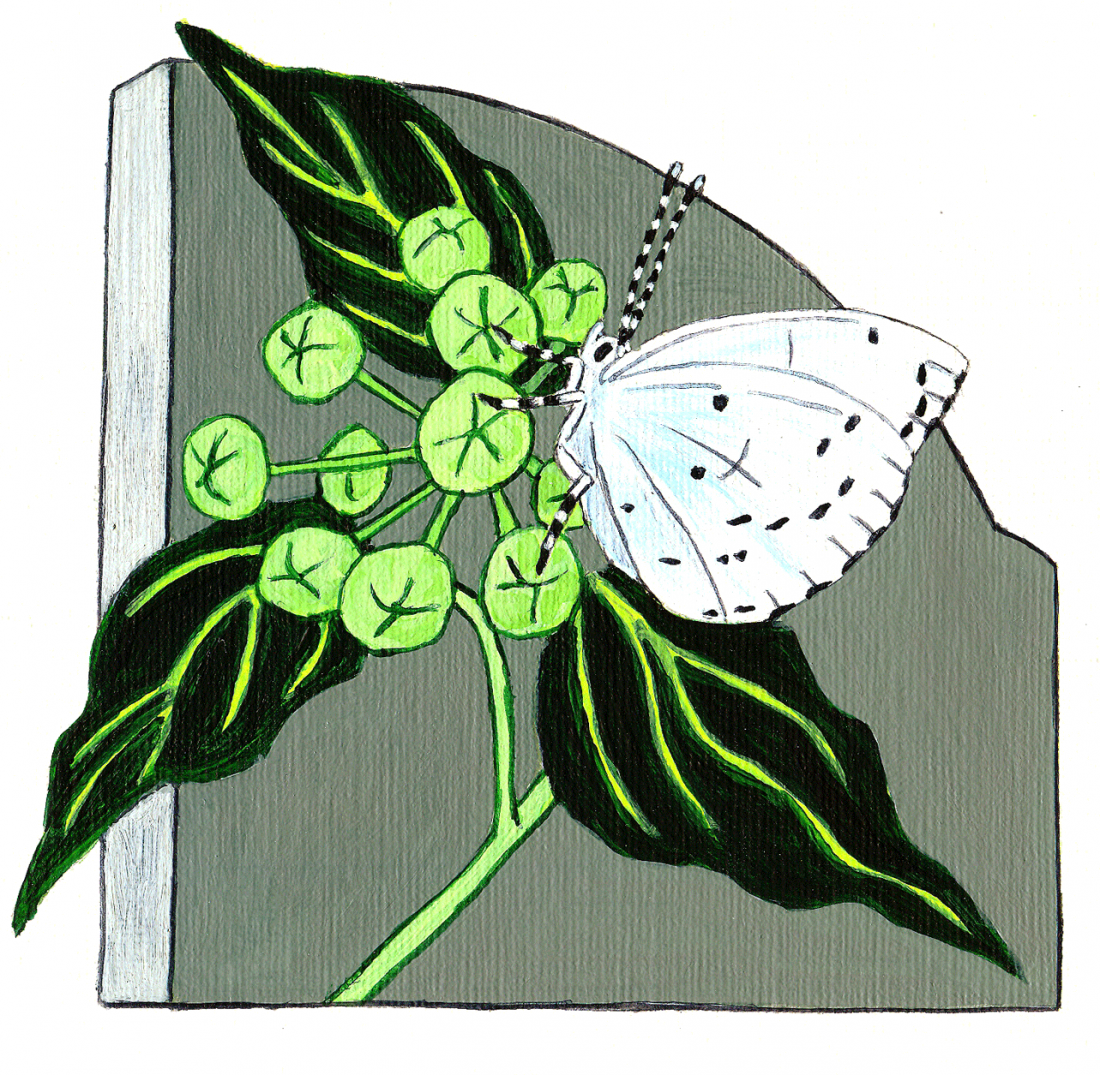List compiled by Vanna Bartlett. Last updated 22nd March 2023.
The following bees have been recorded in Earlham Cemetery. (English names are as used by Steven Falk.)
See our Bee Gallery for some pictures and some species accounts.
ANDRENA Mining Bees
Andrena bicolor Gwynne’s Mining Bee. Regularly recorded, especially in spring.
Andrena bimaculata Large Gorse Mining Bee
Andrena clarkella Clarke’s Mining Bee. A very early species, associated with Sallows.
Andrena denticulata Grey-banded Mining Bee
Andrena dorsata Short-fringed Mining Bee
Andrena flavipes Yellow-legged Mining Bee
Andrena fulva Tawny Mining Bee
Andrena haemorrhoa Orange-tailed Mining Bee
Andrena hattorfiana Large Scabious Mining Bee, Reliant on Field Scabious for pollen. Declining in line with loss of food plant.
Andrena labiata Red-girdled Mining Bee. Associated particularly with Germander Speedwell.
Andrena minutula Common Mini-miner. The commonest of the so-called Mini-miners.
Andrena nigroaenea Buffish Mining Bee
Andrena nitida Grey-patched Mining Bee
Andrena scotica Chocolate Mining Bee
Andrena semilaevis Shiny-margined Mini-miner. One record.
Andrena synadelpha Broad-margined Mining Bee
Andrena thoracica Cliff Mining Bee
Andrena trimmerana Trimmer’s Mining Bee
ANTHIDIUM Wool Carders
Anthidium manicatum Wool Carder Bee. Females ‘card’ woolly fibres from plants (Lamb’s-ear in particular) to line nest cells. Males fiercely defend nectar territories. Present around Lamb’s-ear (Stachys byzantina) in the War Memorial before the flower beds were replanted in 2023.
ANTHOPHORA Flower Bees
Anthophora furcata Fork-tailed Flower Bee
Anthophora plumipes Hairy-footed Flower Bee. A very early spring species, often abundant, favoured plants include Red Dead-nettle and Primroses.
APIS Honey Bees
Apis mellifera Western Honey Bee.
BOMBUS Bumblebees
Bombus hortorum Garden Bumblebee
Bombus hypnorum Tree Bumblebee
Bombus lapidarius Red-tailed Bumblebee
Bombus lucorum White-tailed Bumblebee
Bombus pascuorum Common Carder Bee
Bombus pratorum Early Bumblebee
Bombus ruderarius Red-shanked Carder Bee. A scarce and declining species last recorded in March 2009 when Stuart Paston found a dead queen.
Bombus terrestris Buff-tailed Bumblebee
Cuckoo Bumblebees
Bombus campestris Field Cuckoo Bee. Targets mainly B. pascuorum, one record from July 2017.
Bombus rupestris Red-tailed Cuckoo Bee. Targets B. lapidarius, one record, from July 2018.
Bombus sylvestris Forest Cuckoo Bee. Targets B. pratorum, regularly recorded.
Bombus vestalis Vestal Cuckoo Bee. Targets B. terrestris, frequently recorded.
CHELOSTOMA Scissor Bees
Chelostoma campanularum Small Scissor Bee a very small bee that is associated with Campanulas
COELIOXYS Sharp-tail Bees
Cleptoparasites of Megachile and Anthophora spp.
Coelioxys sp. One record, not determined to species.
COLLETES Plasterer Bees
Colletes hederae Ivy Bee. Gathers pollen predominantly from Ivy flowers; large nesting aggregation in bank on main driveway.
Colletes similis Bare-saddled Colletes
DASYPODA Pantaloon Bees
Dasypoda hirtipes Pantaloon Bee. Favours yellow Asteraceae flowers (eg Cat’s-ear).
EPEOLUS Variegated Cuckoo Bees
Cleptoparatsites of Colletes spp.
Epeolus sp. Recorded once, not determined to species.
HALICTUS End-banded Furrow Bees
Halictus tumulorum Bronze Furrow Bee
HERIADES Resin Bees
Heriades truncorum Large-headed Resin Bee. Females gather resin from trees (often pines) to partition nest cells, particularly favours Ragwort for pollen.
HYLAEUS Yellow-faced Bees
Small black bees that gather pollen and nectar internally in a ‘crop’ rather than on special hairs on legs or underside of abdomen.
Hylaeus communis Common Yellow-face Bee
Hylaeus hyalinatus Hairy Yellow-face Bee
Hylaeus pictipes Little Yellow-face Bee. A scarce species in Norfolk but frequent in the Norwich area.
LASIOGLOSSUM Base-banded Furrow Bees
Lasioglossum calceatum Common Furrow Bee
Lasioglossum lativentre Furry-claspered Furrow Bee
Lasioglossum leucozonium White-zoned Furrow Bee
Lasioglossum malachurum Sharp-collared Furrow Bee
Lasioglossum minutissimum Least Furrow Bee
Lasioglossum morio Green Furrow Bee
Lasioglossum pauxillum Lobe-spurred Furrow Bee
Lasioglossum villosulum Shaggy Furrow Bee
MEGACHILE Leafcutter Bees
Females gather pollen on special hairs (the scopa) on the underside of the abdomen and use segments cut from leaves to line their nest cells.
Megachile centuncularis Patchwork Leafcutter Bee
Megachile ligniseca Wood-carving Leafcutter Bee
MELECTA Mourning Bees
Melecta albifrons Common Mourning Bee. Cleptoparasite of Anthophora plumipes.
MELITTA Blunthorn Bees
Melitta leporina Clover Melitta. Collects pollen mostly from White Clover.
NOMADA Nomad Bees
Cleptoparasitic bees that mostly target Andrena spp.
Nomada fabriciana Fabricius’ Nomad Bee
Nomada flava Flavous Nomad Bee
Nomada flavoguttata Little Nomad Bee
Nomada fulvicornis Orange-horned Nomad Bee
Nomada goodeniana Gooden’s Nomad Bee
Nomada ruficornis Fork-jawed Nomad Bee
Nomada zonata Variable Nomad Bee
OSMIA Mason Bees
Osmia bicornis Red Mason Bee. Well-known species that readily nests in Bee Hotels.
Osmia caerulescens Blue Mason Bee
Osmia leaiana Orange-vented Mason Bee
SPHECODES Blood Bees
Cleptoparasites that mainly target Lasioglossum spp.
Sphecodes ephippius Bare-saddled Blood Bee
Sphecodes geoffrellus Geoffrey’s Blood Bee
Sphecodes monilicornis Box-headed Blood Bee

